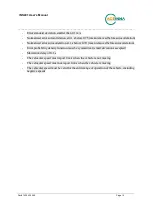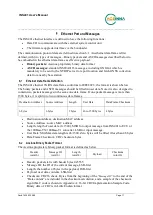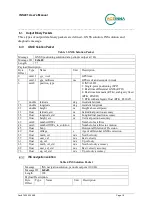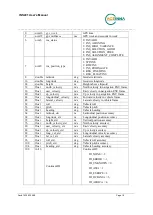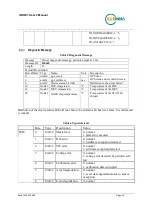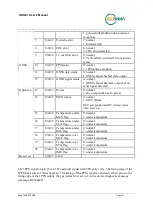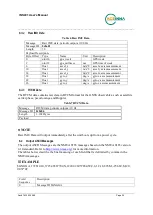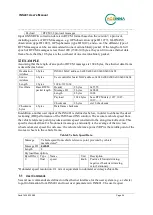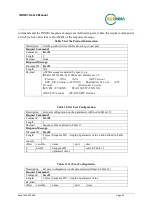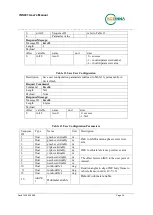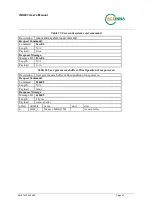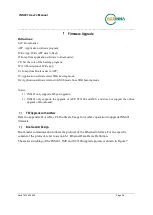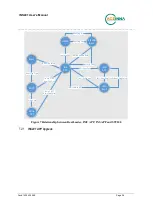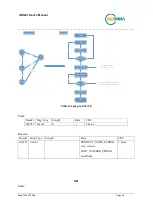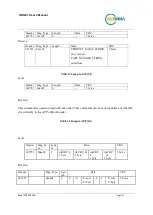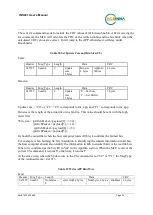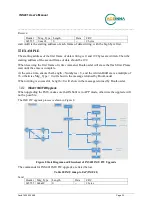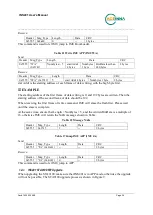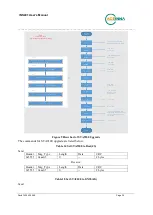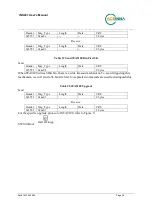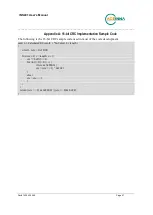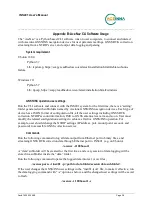
INS401 User’s Manual
_____________________________________________________________________________________
Doc# 7430-3305-08
Page 23
1
UTC time of position fix
2
Latitude
3
Direction of latitude: N – North; S - South
4
Longitude
5
Direction of longitude: E - East; W - West
6
GNSS Positioning Quality indicator:
0: GNSS position Fix not valid
1: GNSS position fix (SPP)
2: Differential GNSS position fix (RTD)
4: Real-Time Kinematic, fixed integers
5: Real-Time Kinematic, float integers
7
Number of SVs in use, range from 00 through to 40
8
HDOP
9
Orthometric height (MSL reference)
10
M: unit of measure for orthometric height is meters
11
Geoid separation
12
M: geoid separation measured in meters
13
Age of differential GNSS correction data. Null field when differential GNSS is not
used.
14
Reference station ID, range 0000-4095. A null field when no reference station ID is
available, and no corrections are received.
15
The checksum data, always begins with *
EXAMPLE
$GPZDA,172809.40,12,07,1996,00,00*45
Field
Sequence
Description
0
Message ID $GPZDA
1
UTC
2
Day, ranging between 01 and 31
3
Month, ranging between 01 and 12
4
Year
5
Local time zone offset from GMT, ranging from 00 through ±13 hours
6
Local time zone offset from GMT, ranging from 00 through 59 minutes
7
The checksum data, always begins with *
Input Binary Packets
In order to perform GNSS RTK, the INS401 device needs RTK correction data (RTCM
messages) input from user device (vehicle). And the user device must send the RTCM messages
over ethernet to the ethernet port of the INS401. The input binary packets for this function are
defined in Table 7, followed by a detailed example.
Table 7 Base RTCM Data
Message
GNSS RTK correction RTCM data from base station, periodic input at 1 Hz
Message ID
0x0b02
Length
Depending on the various RTCM message length







